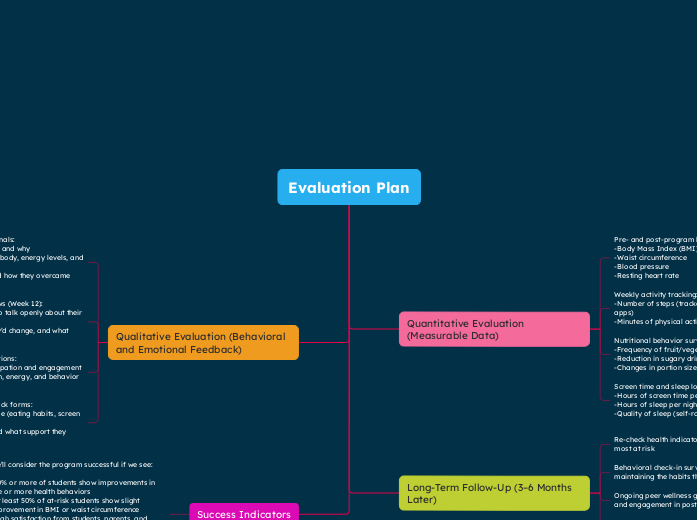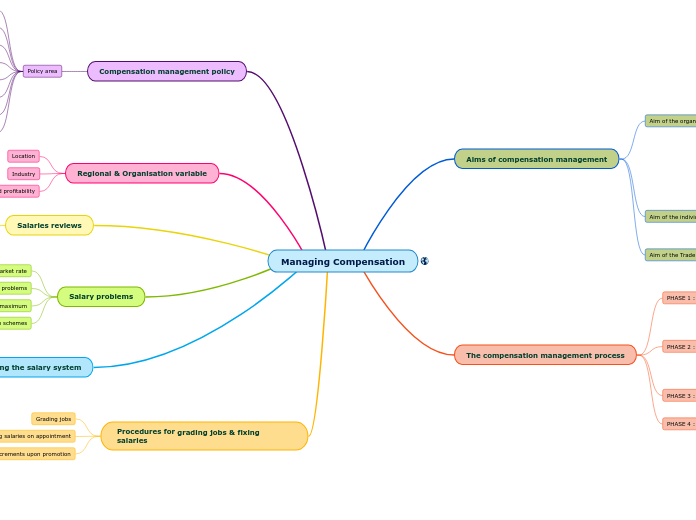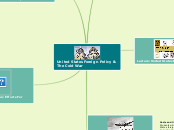da Unhoely Unhoely mancano 22 giorni
127
Evaluation Plan
The program aims to assess both qualitative and quantitative aspects of student health and wellness over time. Initial qualitative evaluations include behavioral and emotional feedback from parents, students, and teachers.









